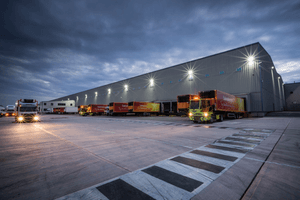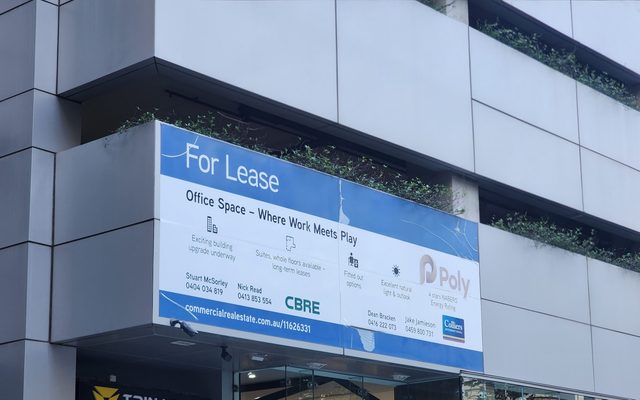This article is from the Australian Property Journal archive
AUSTRALIA’S rental market remains locked in favour of landlords, as limited supply pushes asking rents to new highs amid the capitals’ longest stretch of continuous rental price growth on record.
The market is showing only incremental signs of slowing. Vacancy rates have edged up from record lows but remain at an eye-watering 1%, according to Domain’s latest Rent Report, while CoreLogic’s Quarterly Rental Review found rent growth of 2.5% in the June quarter was down 30 basis points from the 2.8% increase seen over the three months to May – the first slowdown in quarterly rent growth since November.
“The colliding mismatch of heightened demand and supply side constraints has continued to place pressure on house and unit asking rents across Australia. This has resulted in records being set in most capital cities, including the longest stretch of continuous rental price growth on record for Melbourne house and unit rents, together with houses in Adelaide and units in Sydney and Brisbane,” said Nicola Powell, Domain’s chief of research and economics.
According to Domain, house weekly asking rents rose by 2.7% in the capitals, led by Sydney with 6.1%, followed by Perth (5.5%), Melbourne (4.0%), Adelaide (3.8%), Brisbane (3.6%), while Hobart and Canberra fell by 3.6% and 2.2% respectively, and Darwin was steady.
Regional rents lifted 2.0% over the quarter.
In the unit market, capital cities saw 5.5% growth over three months, led by Sydney (8.1%), Perth (6.7%), Brisbane (6.0%) and Melbourne (4.2%). Regional markets saw 5.9% growth.
Key factors contributing to the tight rental market include the quicker-than-expected return of international students, the revival of overseas migration, as well as tenants opting to rent for longer due to financial barriers to home ownership.
Domain estimates roughly 127,000 additional dwellings will be needed this financial year alone. However, exacerbating this is the headwinds faced by the construction industry, which have prompted a slowdown in new builds. Efforts by the government to create supply in social and affordable housing – namely its $10 billion Housing Australia Future Fund – remain deadlocked in the Senate.
CoreLogic Economist and report author Kaytlin Ezzy said while a slowdown in the pace of national rental growth is now evident across the monthly, quarterly and annual trends, rental growth remains well above average. National rents rose 9.7%, over FY23, down from the record 10.2% lift seen over the 2022 calendar year.
“The softening in rental growth occurred in spite of an ongoing surge in overseas migration and a continued shortage in rental supply, suggesting an increasing portion of tenants are reaching their affordability ceiling,” Ezzy said.
“While rental demand from overseas migrants is likely to remain strong for some time yet, particularly across the largest capitals, we’ve already seen a reduction in domestic rental demand via an increase in the average household size.”
According to CoreLogic, Melbourne continued to lead the pace of quarterly rental growth, with dwelling rents rising 3.9% in the quarter, followed by Perth (3.4%), Sydney (3.2%), Adelaide (2.5%) and Brisbane (2.1%). Rents across Darwin rose just 0.7% over the quarter, while both Hobart and Canberra saw rents decline by 1.0%.
National rents are 27.4% higher since the onset of COVID, equivalent to a $127 per week increase on the median dwelling rent in Australia. Ezzy said it’s likely there will be an increase in average household sizes as more renters re-form share houses as a means of sharing the increased rental burden.
Rental listings remain well below the previous five-year average, with a national shortfall of approximately 32.4%, or 47,500 rental listings recorded over the four weeks to June 3rd. CoreLogic has the national vacancy rate easing slightly over the quarter, from 1.1% in March, to 1.2% in June. This is well below the pre-COVID decade average of 3.3%.





